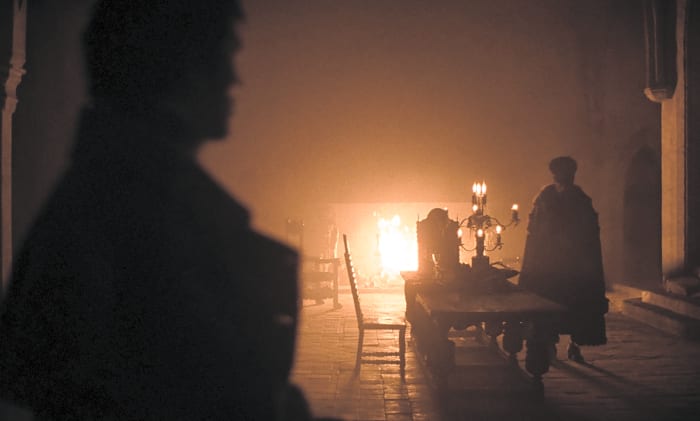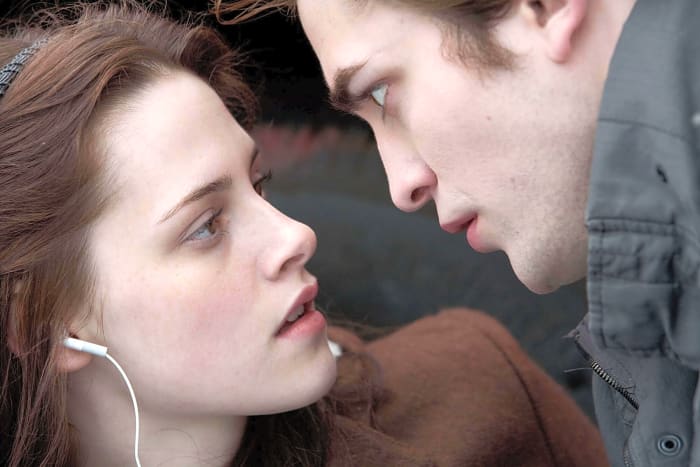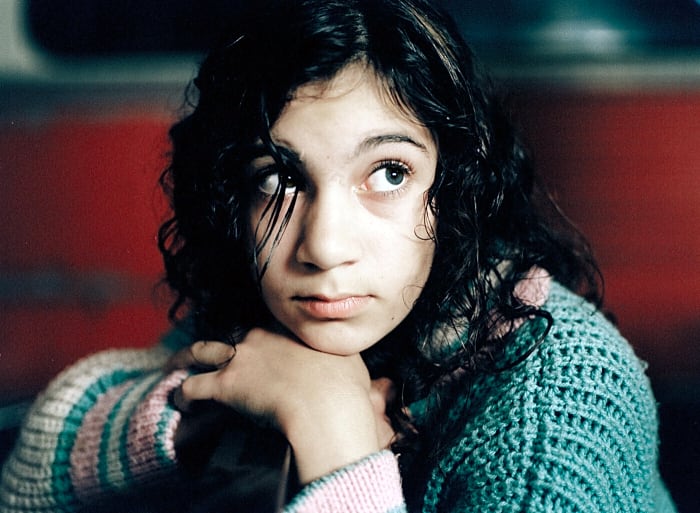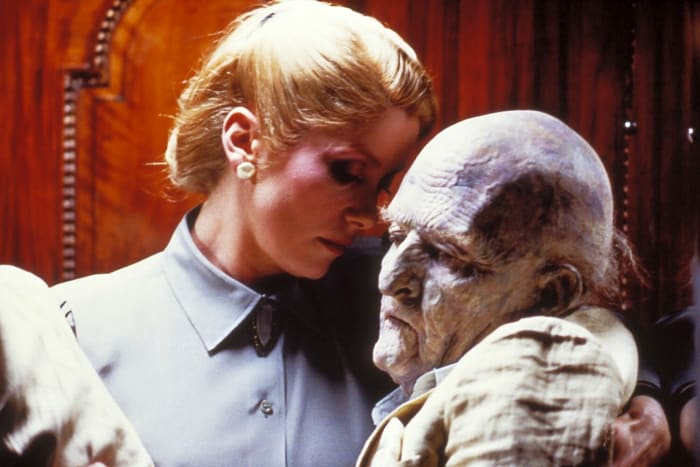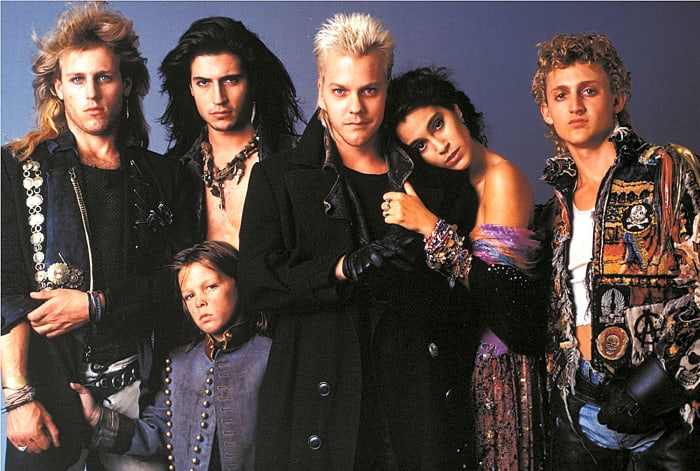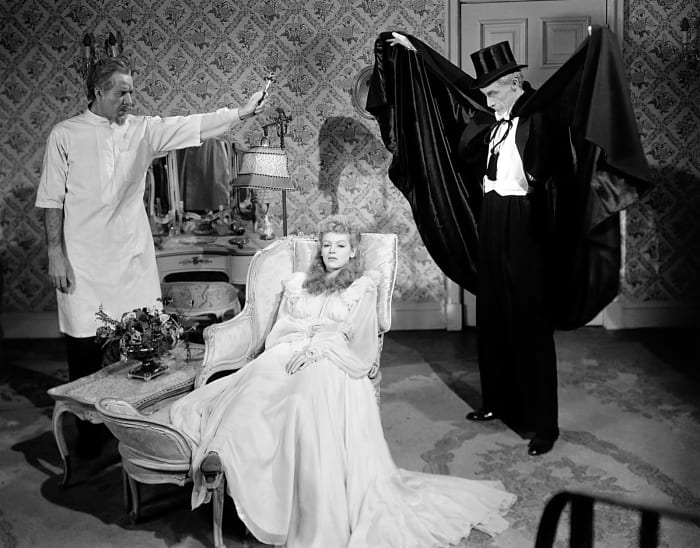x

Warner Bros.
The 20 best vampire movies by decade
The vampire is one of those figures that continues to haunt the pop culture imagination. Though Dracula is obviously the most famous vampire, there have been quite a few others who have made their way onto the big screen. Given that vampires have been a focus in the movies since at least the 1920s, it’s worth taking a closer look at the various fanged creations that have graced the cinema over the decades. The vampire, like so many other figures in horror, offers a fascinating look at what a given culture fears and desires at a given moment.
More must-reads:
- 20 actors who looked exactly like the real-life people they portrayed
- 20 times actors cleverly referenced one of their more famous roles in another film
- 20 fantastic films we never want to watch a second time
- 20 performances by A-list actors that ruined an entire film
- 20 actors who had more than one role in the same film
Breaking News
Trending in Entertainment
Customize Your Newsletter
 +
+
Get the latest news and rumors, customized to your favorite sports and teams. Emailed daily. Always free!

